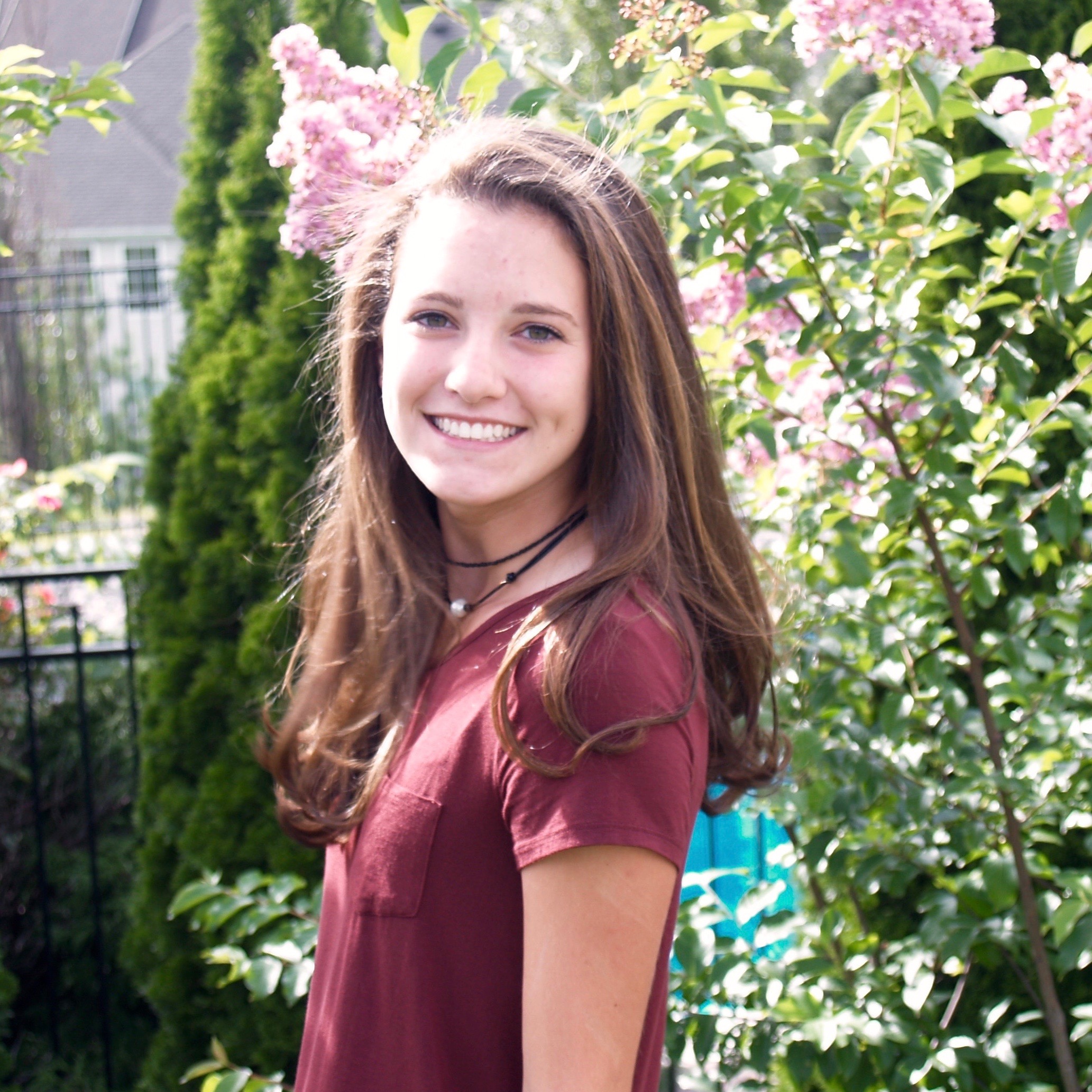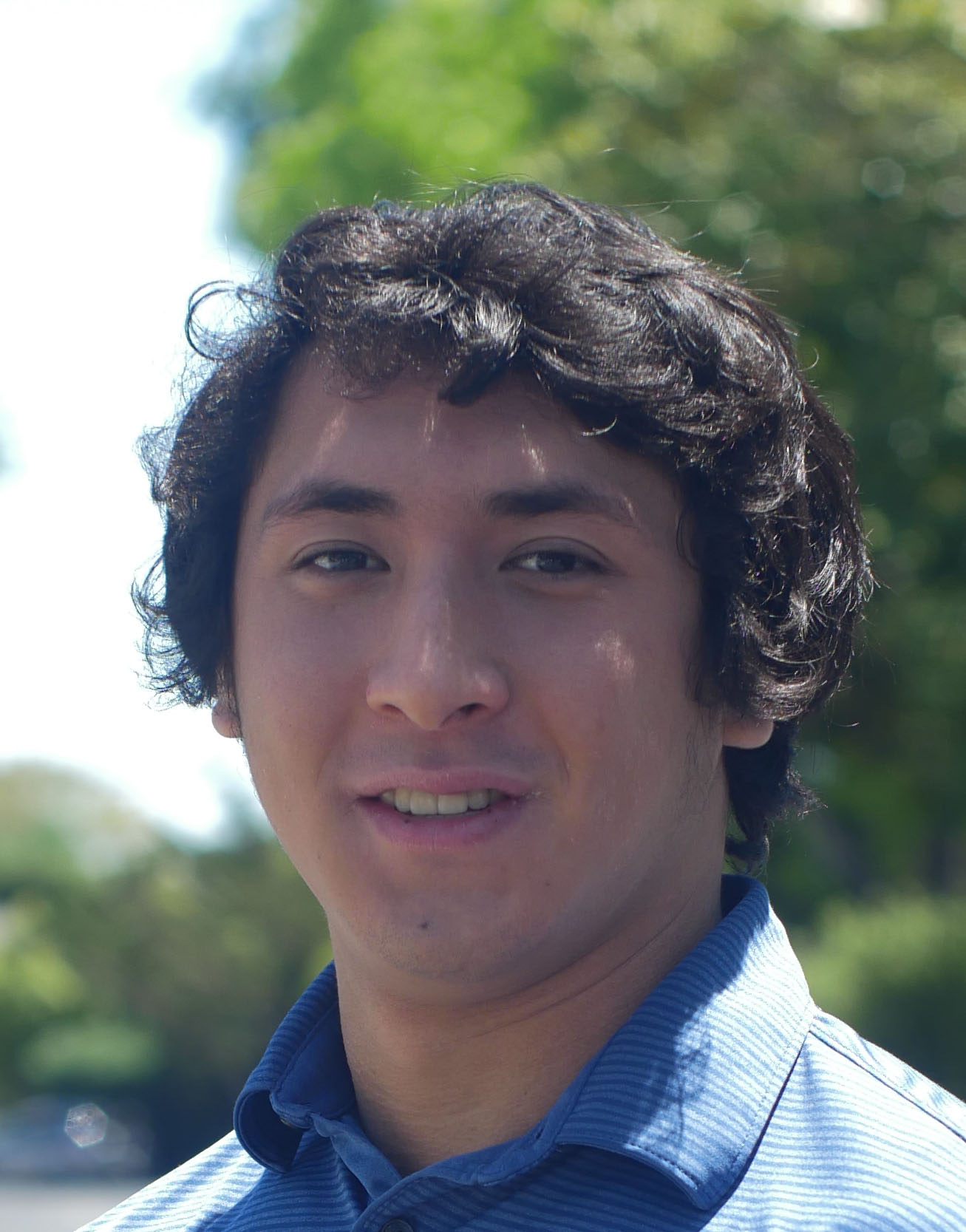Current Undergraduate Projects
Exhaustive Identification of Stoichiometric Models for Complex Chemical Reactions.
When a new pharmaceutical or non-pharmaceutical reaction is studied, one measures the time evolution of several species’ concentrations in a set of well-designed experiments. Besides the primary reactants and products, other compounds present in the reaction mixture are measured. These include unexpected by-products and intermediates. Even though one has a good idea of the overall stoichiometry between the primary reactants and products, it is often unknown how all intermediates and by-products are generated.
The use of modern robotic reacting systems avails the collection of a large number of experimental data. Recent publications from our group have enabled accurate data-driven models through the Dynamic Response Surface Methodology (DRSM). The present research aims to utilize such DRSM models for each measured species to identify all possible stoichiometries between them. Mass balance constraints and target factor analysis are used to limit the vast number of possible stoichiometries. Additional filters, motivated by chemical reaction engineering knowledge, limit the choices to a reasonable number. Then kinetic models are postulated and fitted to the data. The most appropriate stoichiometric and kinetic model is identified from all possible alternatives through statistical tools that compare the goodness of each model’s fit against the measured data.
Jenna Former, a senior in the 2020-21 academic year, is writing her honors senior thesis on this topic.

Design of Dynamic Experiments: Implementation Issues
The Design of Dynamic Experiment (DoDE) methodology enables the design of experiments in which some of the factors are time-varying. Examples of such dynamic factors are the time profile of a batch reactor’s temperature or a co-reactant’s inflow. These dynamic factors are expressed as linear combinations of shifted Legendre polynomials with time and the constants multiplying each of the polynomials are called dynamic subfactors. In the design of such experiments, the selection of the dynamic subfactors’ values needs to result in a composite dynamic factor which meets its allowed upper and lower values for all times. In past communications, this has been ensured by the use of D-optimal design algorithms.
Any DoDE design is also compounded by the uncertainty of how many dynamic subfactors should be used in the approximation. The more subfactors used, the more accurately the dynamic factor is approximated, but then a larger set of the experiment is needed.
In this project, we assess whether these challenges can be addressed by an innovative design of fractional factorial designs that easily meet the time-dependent constraints. This enables the consideration of several subfactors without overly increasing the number of experiments.
An additional consideration of this project is the impact of limitations of the available experimental facilities. If one cannot implement the time-varying dynamic factors accurately, an approximation by a series of linear segments can be used. This project aims to show that the optimization of the process is not affected significantly.
The implications of these methodological innovations are examined concerning two batch reactor case studies. In the first one, a reversible reaction occurs, and the dynamic factor is the reactor’s temperature with time. A data-driven model is estimated from the DoDE experiment and is used to maximize the final conversion. Three reactions occur in the second batch process, and one of the two reactants is fed in a semi-batch way. Here the incoming flow rate of the co-reactant is the dynamic factor.

Thomas Chang-Davidson, a senior in the 2020-21 academic year, is writing his honors senior thesis on this topic.
List of Past Theses by Undergraduate Students
- SANTOS-MARQUES, Jacob. “On the Use of Regularization Techniques to Minimize the Oscillatory Behavior of Dynamic Response Surface Models”, (Tufts, May 2017)
- MARVIN, William Alexander: “Design of Dynamic Experiments to Optimize Batch Processes”, (Tufts, May 2009
- HAGGER, Andrew: “Application of Design of Dynamic Experiments in a Batch Crystallizer” (Tufts, May 2009)
- BUNIN, Eugune: Model Predictive Control of Temperature in a Crystallizer – A path to Automated Crystal growth and Dissolution” (Tufts, May 2007)
- MAHN, Bernd: “Assessing the Economical Benefits of Advanced Controllers using Approximate Linear Models derived from Normal Operating Data,” (Lehigh, 1998).
- HANISCH, Felix: “A Comparison of Tuning Characteristics Between Linear Model Predictive Control and Reference System Model Predictive Control,” (Lehigh, 1997).
- THEOKAS, A., A. KRETSOVALIS and T. MOUTZIARIS: “The Effect of the Separation Factor S as a Controlled Variable and the Measure of the Classical Distillation Control Schemes,” (University of Thessaloniki, 1982).
- GLINOS, Kostantinos: “The Physical Modes of Multiple Effect Evaporators” (University of Thessaloniki, 1981).
- PAPADOURAKIS, Antonis: “The Effect of Design Characteristics on the Control of Distillation Columns,” (University of Thessaloniki, 1982).
- LYMBERATOS, Gerassimos: “On the Reaction Rate Maximum with Temperature, of Limestone Desulfurization” (MIT, 1980).
- TSIKOYIANNIS, John: “Steady-State and Dynamic Characteristics of Fluidized Bed Reactors for the Production of Ethylene Oxide” (MIT, 1980).
- PARNAS, Richard S.: “Diethanolamine Promoter for the Absorption of Carbon Dioxide into Potash Solutions” (MIT, 1979).
- ROOT, Thatcher W.: “Semi-analytical Solutions of Nonlinear Reaction and Diffusion Problems,” (MIT, 1979).
- DELLORTO, Joseph A.: “Steady State Control of Carbon Dioxide Absorption in a Combined Absorber Stripper System,” (MIT, 1979).
- YUNG, Alan: “Mathematical Modeling of a Fluidized Catalytic Cracking Reactor at Steady State,” (MIT, 1978).
- CRUPM, James C.: “Dynamic Stability of a Sequential Reaction in a Continuous Stirred Tank Reactor,” (MIT, 1978).
- TEMPLETON, Michael K.: “Energy Re-normalization as an Approach to Process Dynamics,” (MIT, 1978).
- PHILLIPS, Michael: “Dynamics of Stirred Tank Heat Exchangers,” (MIT, 1977).
- TAO, Bernard Y.: “Steady State Multiplicity in Lumped Parameter Systems in which Consecutive Irreversible and Reversible Reactions Occur,” (MIT, 1976).
